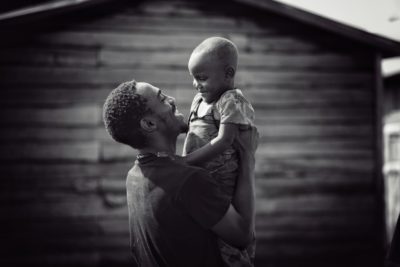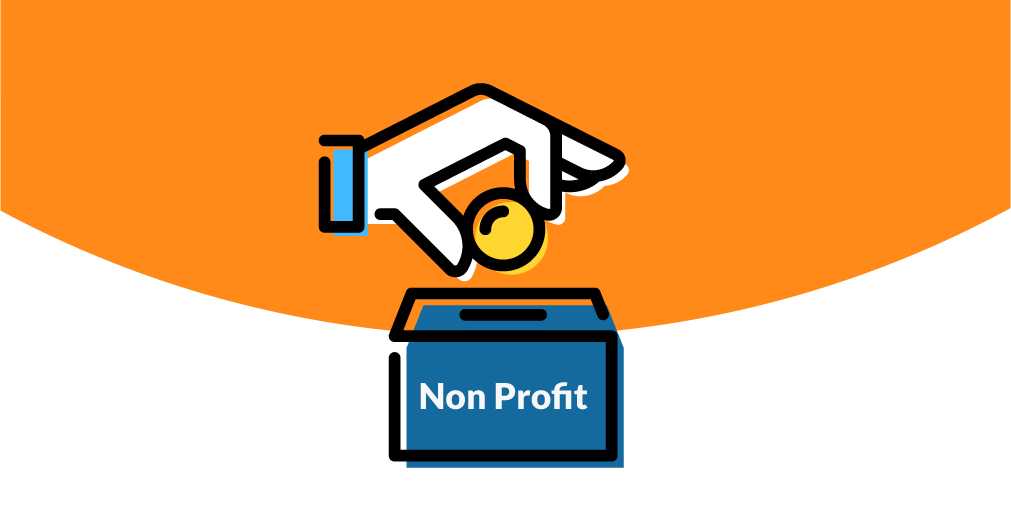
As of 2018, 41.3 million people were living in internal displacement, of which 28 million were new displacements. Of those 28 million, 17.2 million were a result of disasters representing nearly two-thirds of new displacements (Center for Disaster Philanthropy, 2019) often contributed to earthquakes or floods. Following the 2010 Haiti earthquake, the severity of its destruction on Haiti’s vulnerable infrastructure was no surprise. The alarming fact is that a decade later, there still exists multiple internally-displaced tent communities facing constant eviction amidst riots despite the enormous funding providing in hurricane relief.
In disasters, long-term recovery (LTR) occurs roughly 2-10 years following the onset of disaster in which the process of restoration, rebuilding, and reshaping the physical, social, economic, and natural environment through pre-event planning and post-event action (Rubin, 2009) occurs. With the growth of resilience and sustainability in emergency management, the ten-year anniversary 2010 Haiti earthquake should be celebratory, but consequences of failure in the humanitarian aid system have contributed to equivocal brokenness among the Haitian population, especially those still displaced from the disaster.
While emergency management, has invested time and research into the concept of resilience, the humanitarian aid system still operates on the concept of relief. According to the Community and Regional Resilience Institute, resilience is the “capability to anticipate risk, limit impact, and bounce back rapidly through survival, adaptability, evolution, and growth in the face of turbulent change (Plodinec, 2009). Understanding that reducing vulnerability, improving preparedness, and increasing mitigation can generate improved disaster outcomes while decreasing disaster cots, resilience has become a focal point in improving response to disasters globally. However, the humanitarian aid system still focuses the majority of time and resources on the shortest aspect of the disaster cycle (relief and response) without investing aid into improving resilience and sustainability through LTR.
In many cases, internally-displaced persons (IDPs) are often the poorest or most vulnerable prior- and post-disaster as disaster is an exacerbation of current living. Solutions to improving humanitarian aid should seek to establish permanence, while building the capacity of IDP populations through a system that empowers over time instead of providing immediate relief and taking that relief away before communities have the ability to establish the “new normal” indicative of recovery and resilience.
Peacebuilding Solutions Peacebuilding Solutions (PS) is a humanitarian aid organization that offers a technologically and culturally-sensitive approach to re-stabilize the livelihoods of people who have become refugees or internally-displaced persons. Peacebuilding Solutions conducts proprietary research to understand and outline the needs of refugees and IDPs.
With research as a foundational element, PS utilizes data to provide game-changing humanitarian aid that facilitates communities to rebuild and advance on their own terms with an understanding that research is crucial to identify needs and create and implement programs while advocating for policy and providing a voice to refugee/IDP populations.
PS focuses on developing a new approach to humanitarian assistance for refugees and IDPs that moves beyond immediate assistance into long-term humanitarianism and supports strengthening communities. This approach not only seeks to identify community needs firsthand, but also strengthen the capacity of communities by integrating resources into solutions that are supportive of holistic development. Mbakem’s (2017) article on “Population Displacement and Sustainable Development” highlights that socioeconomic interaction between refugee and IDP populations can lead to sustainable projects constructed through the use of participatory and inclusive resource management approaches (Mbakem, 2017). Our approach is based on research – working with communities to tailor interventions to specific needs through research processes, advocacy – providing a platform for refugee and IDP populations, and implementation – providing the necessary resources to implement intervention.
Each intervention is based on research, bridging a necessary gap between research and practice in social sciences. This approach was applied in Gressier, Haiti after multiple communities displaced from 2010 earthqake voiced their concerns of assistance that was non-existent. Based on research, Peacebuilding Solutions (PS) focused 100% of their efforts on meeting the needs of the community as identified by the community. Initial trips provided water filtration systems, goats and sheep, shoes, soccer balls, agricultural tools, fishing gear, and housing materials. Community members identified these items as both short-term relief mechanisms and long-term sustainability mechanisms. The most important item that could be developed from meeting the exact needs of the community was trust.
Trust in the humanitarian aid system is low as victims of disaster are often bombarded with relief supplies that are warranted, but fail to meet the needs of the community and offer no opportunity for improved sustainability. Moreover, these supplies come from large amounts of money that could be more efficiently funding opportunities for sustainability; the same opportunities that are established following disasters in wealthier communities and developed countries. In order to argue the need to improve resilience, the need must be met within the context where it is most impactful. For example, the Rockefeller Foundation recently closed it’s multi-million dollar project entitled “100 Resilient Cities,” which included stable cities such as Boston, Atlanta, Barcelona, and Milan, but failed to focus on cities that could benefit the most from funding for resilient outcomes.
As resilience rises in popularity, there is a disconnect in improving vulnerability and resilience from those that are most vulnerable and least resilient. Peacebuilding Solution’s five step process seeks to approach humanitarianism from a long-term, sustainable approach that aims to improve resilience for the highly vulnerable. This process includes: (i) identifying a community in need, (ii) research, (iii) intervention development, (iv) program deployment, (v) monitoring and evaluation. Application of this approach in Gressier, Haiti is on-going, but has seen investment into the community, advocation of resources, development of shoe programs, and a direct relationship with the neighborhood built on trust that allows for the direct transfer of funds to the community to handle immediate needs.
Most recently, in desperate need for new latrines to maintain sanitation, PS was able to wire money directly the community for supplies and construction. While this is often advised against from most humanitarian aid organizations, the single most important aspect of assistance is the people that are served and building that relationship with them. The humanitarian aid system should focus on the relationship and the people they are serving opposed to people they are supplying. Service, is the core component to humanitarianism and as those relationships solidify mechanism to empower should circumvent. A new approach to humanitarian assistance has been identified that seeks to achieve long-term sustainability beyond short-term relief.
In crisis and disaster management, response is often short-lived which is where humanitarian action historically exists. Recovery, however, is a long-term process. Crises impact vulnerable populations more drastically wherein humanitarian assistance and short-term recovery is not substantial for advancing the sustainable development agenda.
Bridging the research gap into long-term practical solutions is necessary which this framework provides aligning with conference theme one (1); from research to sustainable development action. Through collective interdisciplinary knowledge sharing of the research team including political science, psychology, public health, and international relations, research efforts were conducted that was inclusive of key areas within the SDGs. It is evident that our understanding of development research has improved by the inclusion of refugees and IDPs in the 2030 SDGs offering opportunity to explore research, practical, and policy implications towards improved sustainable development.
Understanding that crises, disasters, and vulnerability impact all disciplines, an interdisciplinary research approach is ideal to actionable outcomes. Advancing research to practice provides opportunity to support future policy towards refugees and IDPs through evidence-based strategies.







